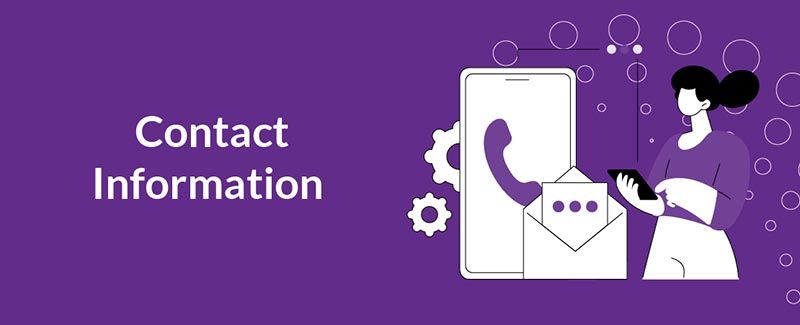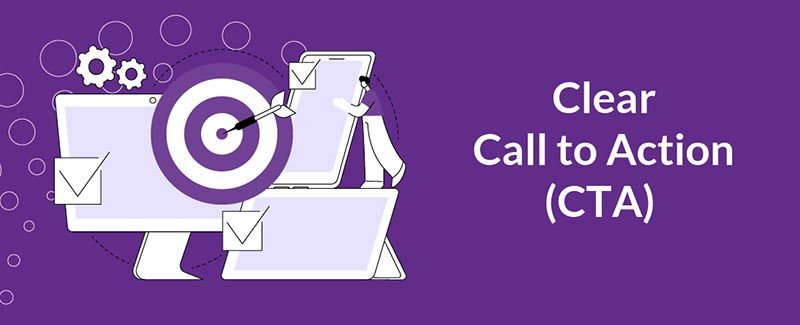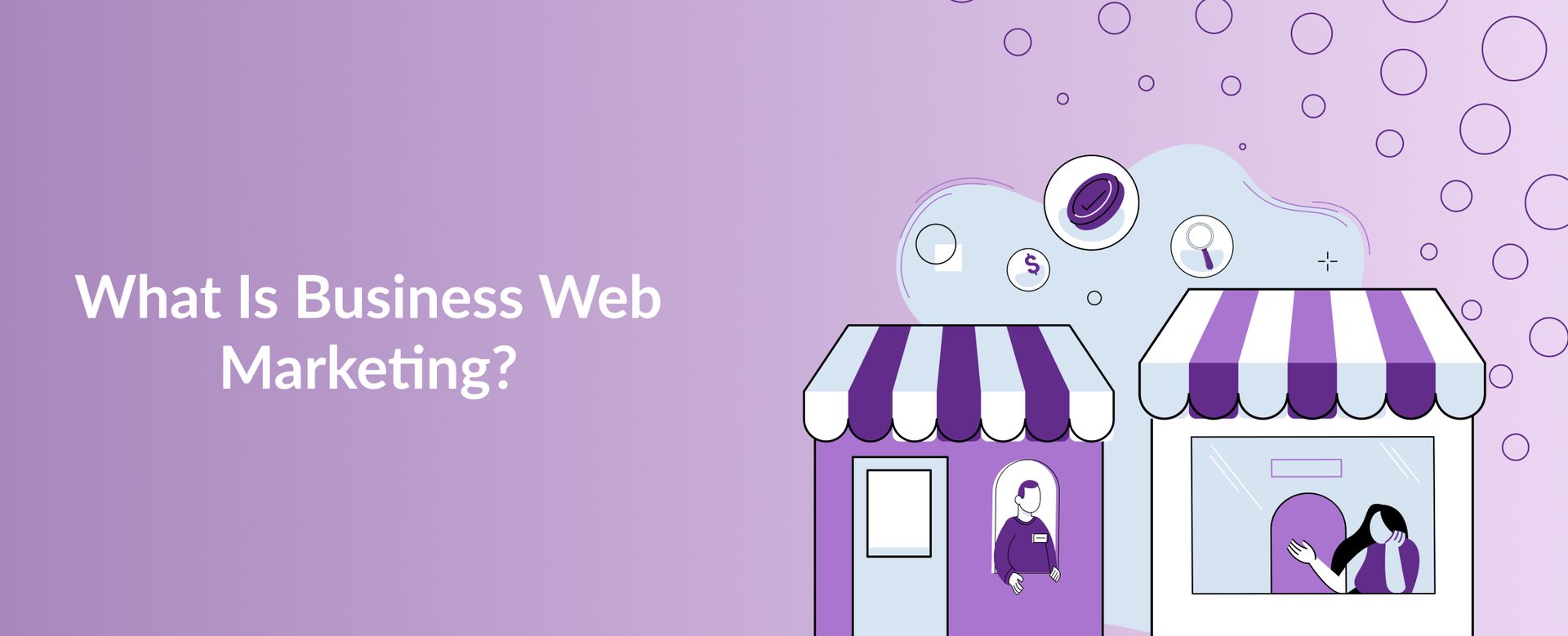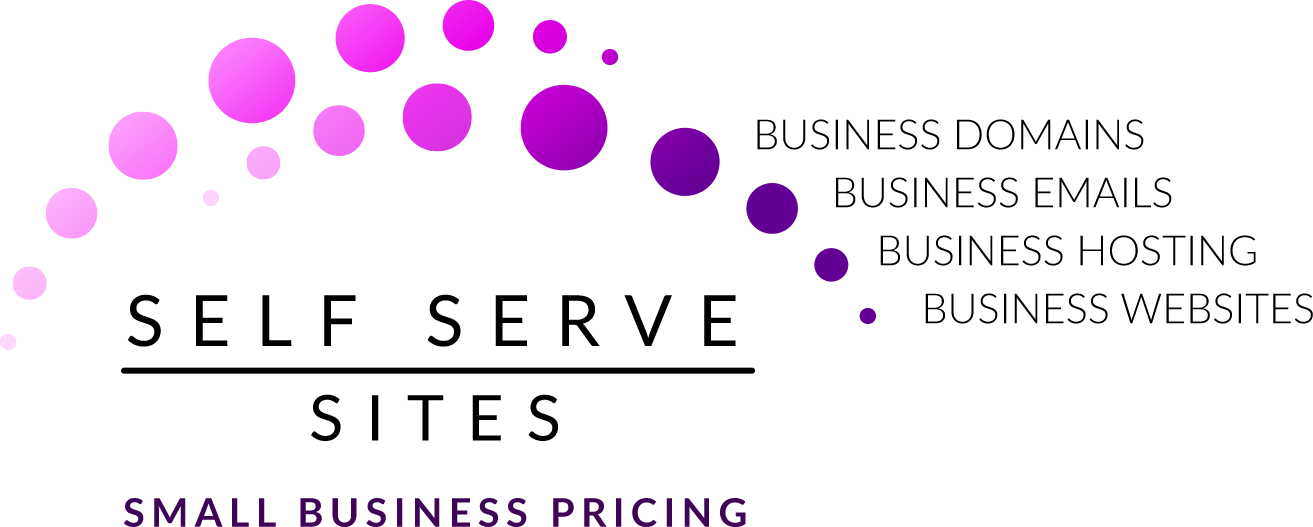Creating an Effective Contact Page for Your Small Business Website
Contact Page Best Practices for Your Small Business Website
So, you’re running a Small Business and you have a Website for that business, great news! However, there is one page that a lot of business owners know is important but often overlook, viewing it as simple and unimportant.
We’re talking about the Contact page. While they are included in most Websites, quite often there isn’t much thought put into them. That’s why we’ve dedicated this whole blog to the subject.
We’re determined to inform you why one of the most important pages on your Website cannot be lazily slapped together, give you some contact page conversion tips, and tell you how to create a contact form for your Small Business Website.

Contact Information
Well, obviously you’re going to include this, it’s your Contact page after all. But it’s important that you know exactly which details you need to include. You’d be surprised at how easy it is to accidentally leave integral information out of something as simple as a Contact page.
Include your business’s phone number and
professional email address so that
your Customers can contact you wherever they are, via whichever method they prefer.
However, you cannot just rely on remote communication. If your business has a physical location, make sure that you include that physical address so that your Customers can visit you in person.
Furthermore, you may want to consider incorporating a map into your Contact page so that your Customers can easily find you should the need arise,
making your business more accessible than ever

Clear Call to Action (CTA)
Having your contact details displayed prominently and clearly on your Contact page is enough for some Customers to go ahead and contact you. On the other hand, some visitors might need a little extra push. We think you know what we’re getting at: a good old, call-to-action!
Include a CTA alongside your contacts to encourage users to actually read the information and contact you.
Phrases such as ‘get in touch,’ or ‘reach out today’ are generic and give hesitant users the push they need to begin their relationship with your business.
You can also use more specific phrases such as ‘request a quote,’ ‘make a booking,’ or ‘schedule a consultation’
give users the information to know exactly what they will be contacting you for, how your process works, and what services you provide.
Business Hours
So, you’ve included all your contact information on your Contact page, awesome! You might think your job is done, but just because your Customers know how to contact you it doesn’t mean they know when to contact you.
You might know what we’re about to say - business hours. Yes, you need to include these on your Website.
Make sure they are clear and easy to understand and keep them constantly updated should any changes occur.
Don’t just stop there! With multiple public holidays occurring throughout the year, you need to make sure you
include updates on your Contact page to reflect at what point during these holidays your business will be closed and if your business hours will differ from normal.
There’s nothing worse than showing up to a business thinking it will be open when it’s not, especially during busy holiday periods. And trust us, your Customers will be unforgiving.

Social Media Links
If you’re a frequent reader of our blog then you should know that your business should have an active Social Media presence. If it doesn’t, there’s no better time to start
So, if you haven’t already, create your business’s Social Media pages. Once that’s done ensure that you
include icons on your Contact page that link to said social pages.
Make sure that the icons you include reflect the logos of the relevant Social Media platforms so that your Customers know exactly what they are and which platform they will be heading to once they click.
These links enhance Customer engagement with your business, giving your Customers
another channel for communication and allowing them to see your online presence and community, building their trust and credibility in your business.
You do have to take in consideration that simply placing the icons on your contact page does not guarantee that your Customers are going to click them. That’s right, we’re back to CTAs, making sure you include one alongside the Social Media icons such as ‘connect with us’.
These kinds of phrases insinuates that anyone who follows on Social Media will have a closer relationship with your business.
On top of the Social Media icons and links themselves, go ahead and include your Social Media account names. Why do this? If a Customer does not click on your links and has a change of heart later on and wants to follow your accounts they will know exactly what to search for without having to return to your Website. Removing this extra step enhances the chance that they will take the time to follow your accounts.
Remember, the goal of your contact page is to facilitate communication between you and your Customers and potential Customers.
Keep the design clean, intuitive, and easy to navigate, ensuring a seamless experience for visitors and increasing the likelihood that they will in fact contact you.
These contact page conversion tips and
contact page best practices will ensure a continued positive relationship with your current Customers and increased conversions of potential Customers.











